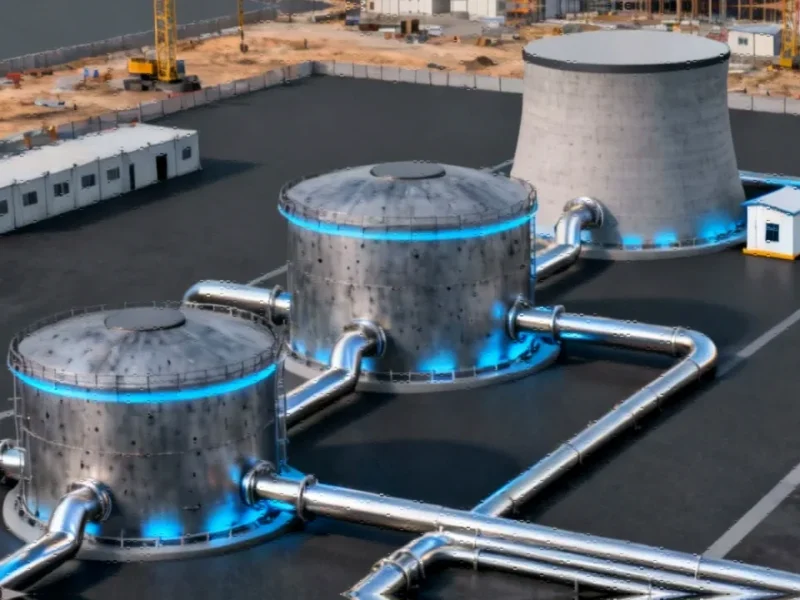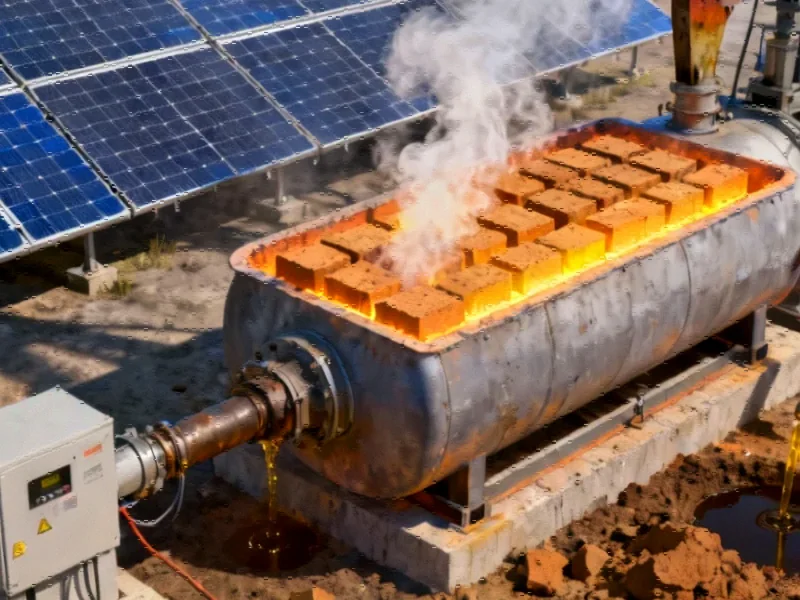The Unraveling of a Fossil Fuel Giant
Russia’s coal industry, once a symbol of post-Soviet industrial might, is experiencing its most severe crisis since the 1990s. Thermal coal prices have collapsed nearly 80% from their 2022 peak, leaving over half of Russia’s producers operating at a loss. The sector lost Rbs 225 billion (approximately US$2.8 billion) in just the first seven months of 2025—more than double 2024’s total losses—as exports vanished and government subsidies proved inadequate.
President Putin himself acknowledged that “coal producers are having a tough time,” marking a stark reversal from just three years ago when fossil producers celebrated record profits during the Ukraine invasion energy spike. The structural breakdown is now undeniable: twenty-three coal companies have already shut down, with another fifty-three at risk of closure.
The Perfect Storm: Sanctions, Logistics, and Market Shifts
Russia’s geography and international sanctions have created a perfect storm that makes adaptation far more difficult than for competitors like Australia or Indonesia. Logistics costs have soared from 50% to nearly 90% of coal’s final price, while discounts to Asian markets remain steep. Many producers now export at a loss merely to secure foreign currency and protect mining-region jobs.
According to recent industry analysis, Russian export prices have fallen to an average of US$69 FOB—the weakest since 2020. At these levels, thermal-coal production in key regions like Kuzbass has become “unprofitable across the board,” according to industry insiders. The government’s 178 billion-ruble rescue package offers only limited tax deferrals and discounted freight tariffs—far too little to stem the collapse.
Global Parallels: Market Irrelevance Replaces Sanctions
While Russia’s collapse stems from sanctions and geography, the United States demonstrates how market irrelevance can achieve similar results. In October 2025, a federal coal lease auction in Montana attracted just one bid: $186,000 for 167 million tons of coal—roughly $0.001 per ton, representing a 99.9% collapse in value versus similar 2012 sales.
This dramatic devaluation reflects broader regulatory and market trends that are reshaping energy infrastructure worldwide. The Department of the Interior subsequently postponed additional auctions in Wyoming and Utah, citing “market conditions” that analysts interpret as the market pricing coal out of future energy portfolios.
The Clean Energy Tipping Point
As fossil fuels falter, clean energy technologies are achieving unprecedented scale and cost advantages. In the first half of 2025, global wind and solar generation reached a record 5,072 TWh, surpassing coal’s 4,896 TWh for the first time. These aren’t policy targets—they’re actual meter readings, confirming that every new unit of global electricity demand is now met primarily by clean energy.
The transformation extends beyond generation to storage and grid management. California’s “mega-battery build-out” has tripled capacity since 2020 to more than 13 GW, redefining how power systems handle peak demand. With cost declines of approximately 90%, storage has become one of the fastest-evolving assets in energy, with global infrastructure investments supporting this rapid expansion.
Technology Compounding vs. Asset Decay
The fundamental shift isn’t moral—it’s mathematical. While fossil assets decay and face increasing operational challenges, clean technologies compound their advantages through learning curves and scaling effects. Solar, wind, and battery storage costs have fallen over 80% in the past decade, creating an irreversible economic advantage.
This technological progression is driving significant employment shifts across global energy markets. According to recent analysis, investment in climate action represents the growth story of the 21st century, while high-carbon growth proves “futile because it ends in self-destruction,” as economist Nicholas Stern notes.
The Political Backlash Against Progress
Even as markets pivot toward cleaner technologies, political resistance is emerging. In the U.S., the White House has ordered NASA to shut down its two CO₂-monitoring satellites—the world’s most precise tools for tracking emissions—despite their minimal cost of just $15 million annually from NASA’s $25 billion budget.
Meanwhile, European parties are moving to cancel net-zero targets, appealing to voters anxious about costs and regulation. These developments highlight how strategic technology decisions are increasingly intertwined with political dynamics, creating both challenges and opportunities for businesses navigating the transition.
Employment Revolution and Economic Realignment
The energy transition is driving a fundamental restructuring of global labor markets. The United Kingdom has experienced a remarkable green jobs revolution that extends far beyond initial employment projections. This pattern is repeating across advanced economies as clean energy deployment accelerates.
The parallel development of advanced computing technologies is creating additional synergies, with artificial intelligence and data analytics optimizing renewable integration and grid management. These technological convergences are accelerating the pace of change beyond what many traditional energy models predicted.
Beyond the Transition: Redefining Energy Security
Russia’s coal collapse represents more than just market fluctuation—it signals the end of fossil fuels’ post-war illusion of perpetual dominance. The era of scarcity is giving way to the era of technology, which rewards efficiency and innovation rather than extraction and control.
As batteries, renewables, and nuclear form the new backbone of global energy systems, they’re redefining national security, economic competitiveness, and environmental sustainability in a single integrated framework. The transition is no longer hypothetical—it’s measurable, financial, and accelerating faster than political systems can sometimes comprehend.
The fossil “super-cycle” of 2022 wasn’t the start of a new age—it was the last gasp of the old. What comes next is an energy system built on different principles: abundance through technology, reliability through diversity, and growth through sustainability.
This article aggregates information from publicly available sources. All trademarks and copyrights belong to their respective owners.
Note: Featured image is for illustrative purposes only and does not represent any specific product, service, or entity mentioned in this article.



